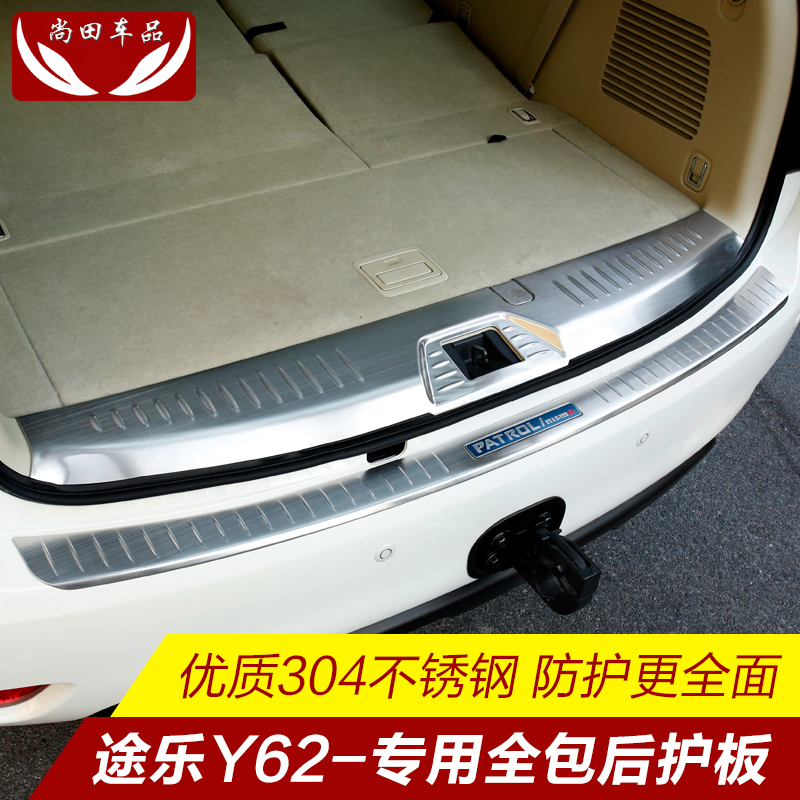Blue Origin successfully tests its rocket escape system in flight
Blue Origin promised, and delivered, a mesmerizing show on Wednesday during its in-flight escape test over the West Texas desert.
"Our next flight is going to be dramatic, no matter how it ends," Jeff Bezos, the space company's billionaire founder, teased in a Sept. 8 newsletter.
Blue Origin this morning successfully deployed the launch abort system on its New Shepard rocket. The crew capsule detached and propelled itself away from the rocket about 45 seconds after liftoff and at around 16,000 feet.
The rocket booster itself survived its fifth flight, climbing past 240,000 feet before safely landing just two miles from the launch site.
Bezos, who is also the founder and CEO of Amazon.com, had predicted the test would destroy the booster. In the end, that did not happen.
"The capsule escape motor will slam the booster with 70,000 pounds of off-axis force delivered by searing hot exhaust," he explained in the Sept. 8 newsletter. "The booster was never designed to survive an in-flight escape."
Blue Origin said the last capsule in-flight escape testing in the U.S. was done in the 1960s as part of the Apollo program.
 New Shepard's crew capsule successfully separates from the booster, Oct. 5, 2016.Credit: Blue Origin
New Shepard's crew capsule successfully separates from the booster, Oct. 5, 2016.Credit: Blue Origin New Shepard's capsule and booster safely on the ground, Oct. 5, 2016.Credit: Blue origin
New Shepard's capsule and booster safely on the ground, Oct. 5, 2016.Credit: Blue originThe New Shepard rocket system — which is named for Alan Shepard, the first American to fly to space — could one day make space travel fairly routine by flying paying customers to about 60 miles above Earth and back.
The goal of Wednesday's test was to ensure that future space tourists could survive if the rocket encountered safety problems during liftoff.
Blue Origin detailed the mechanics of its in-flight escape system in this animation:
Following Wednesday's flight, the New Shepard booster and capsule will both be retired, announcers said during a live webcast of the launch. Blue Origin will build replacement boosters and capsules at its facility near Seattle.
The launch followed what Blue Origin had called a "picture-perfect" test of New Shepard's rocket system in June.
During the rocket's fourth flight, engineers purposefully kept one of its three parachutes from deploying during the capsule's descent back to Earth. Engineers were testing to see if the capsule could land safely under just two parachutes, and it did.
 Blue Origin's New Shepard rocket, minutes before liftoff, Oct. 5, 2016.Credit: Blue origin
Blue Origin's New Shepard rocket, minutes before liftoff, Oct. 5, 2016.Credit: Blue originBezos has said that Blue Origin's "deliberate and methodical" tests are critical to achieving the company's vision of having millions of people living and working in space.
The company's New Glenn rocket -- named for John Glenn, the first American to orbit Earth -- would serve as Blue Origin's first orbital-class launcher and is expected to bring heavy payloads such as satellites from a launch site in Florida, the founder explained.
By getting into the satellite business, Blue Origin will be competing with numerous established players in competing for contracts, including Elon Musk's SpaceX and United Launch Alliance.





